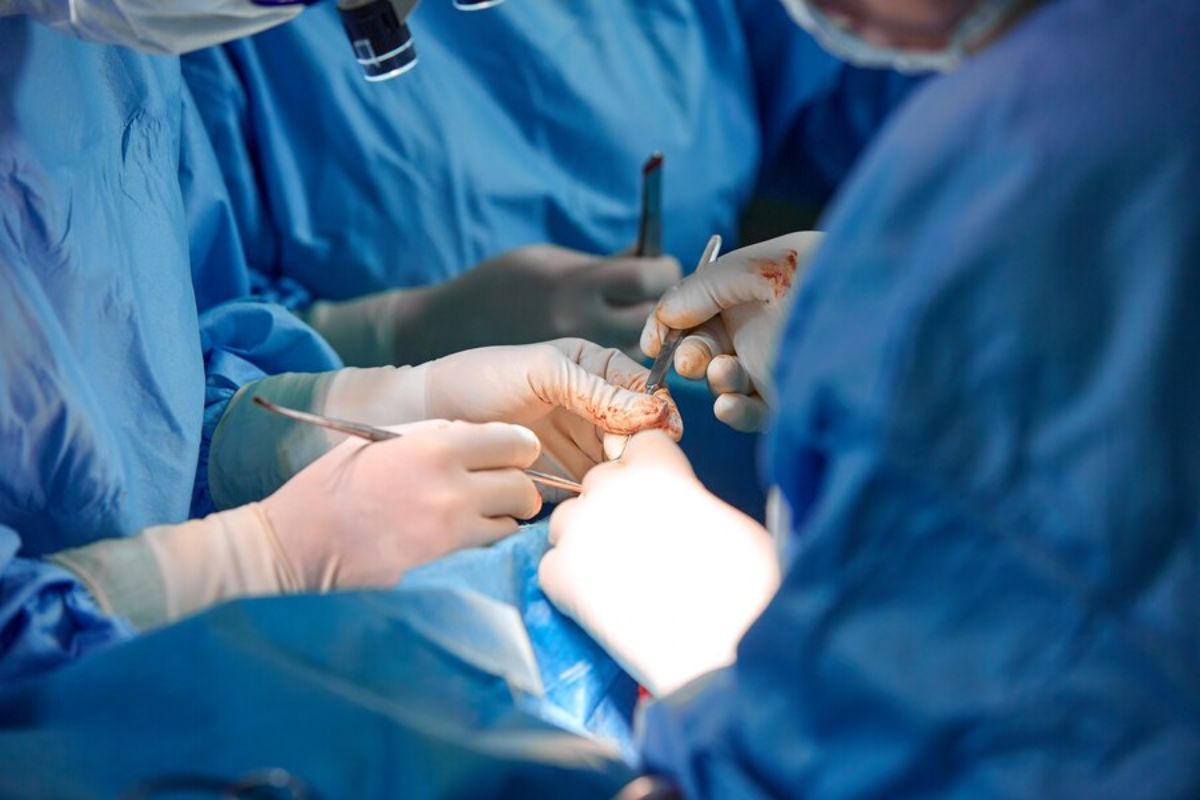Fat Transfer: Plastic surgery procedures have become quite famous globally, and their fame continues to grow. There were17.5 million procedures performed in 2017 which was a 2% rise from the 2016 number. Today, the projection is even higher, with thousands of people getting different procedures for medical and cosmetic reasons.
Fat transfers being on top of the list, is the most popular cosmetic procedure. It uses liposuction to remove fat from one area of your body and inject it into another area. It requires top-notch specialized plastic surgery with excellent surgeon skills, know-how, and experience. These are the facts about liposuction you need to know.
Table of Contents
1. It Equals a Free Massage
Once the surgeon removes the fat from liposuction, they inject it into the intended area. After the injection, the surgeon has to thoroughly and slowly massage the injection. This lets the new fat settle in compact layers giving a natural finish. The procedure takes several injections to achieve the perfect outcome, but the process is the same, inject, then massage.
2. Requires Anesthesia
Like any other surgical procedure, liposuction and fat transfer require anesthesia depending on the augmentation area. For larger areas, general anesthesia is mandatory; for smaller areas, local anesthesia works just fine. Anesthesia gives the patient a relaxing, pleasing moment to allow the surgeon to perform the procedure.
3. It’s a Quick Procedure
Some cosmetic surgeries take lots of hours and some even days. The liposuction process can be as short as one hour. With anesthesia administration included. The process can take up to 3 hours, depending on the injection area and the amount of fat you need to inject. However, the results may take longer to show, usually after a month in most cases and after the swelling begins to go down.
4. Liposuction is Holistic
The fat used for the transfer is usually fat from the patient’s body. The surgeon gets it from an unwanted area using liposuction technologies. Once they harvest the fat, it passes through purification. It is then repurposed for injection in the desired area of the body—for instance, lips, buttocks, or under the eyes. This procedure usually has no risks because the fat used is from the same body. In addition, the procedure is entirely holistic, with no foreign substance needed.
5. Not all Fat Cells Usually Survive
Some fat cells from the fat obtained from liposuction usually die during the procedure, while others reabsorb over the transfer process. The surgeon uses advanced techniques to handle the harvest to ensure this does not happen. The plastic surgeon will often go for the “diet-resistant” fats; they are the best at offering lasting results. They contain stem cells preserved in the transfer process that help the transfer effect without added substances.
6. There is Minimal to No Scarring
During cosmetic surgical procedures, patients are constantly worrying about possible scarrings. With this procedure, there is usually minimal to no scarring. However, some patients may experience some minimum amounts of scarring from the removal sites and the injection site. Working with an experienced surgeon will give you the advantage. They usually reserve the removal sites and the injection areas for areas where the clothes cover most of the time.
7. It is an Outpatient Procedure
The procedure may involve general anesthesia, but it is an outpatient procedure at any accredited facility. After the process, you may be too tired to take yourself home. It is best to have an emergency contact who can drive you home once the process is complete.
8. The Side Effects Usually Die Out in a Few Days
The following days after the procedure, you may feel soreness, bruising, and significant swelling in the areas of injection and where the surgeon removed the fat. In most cases, patients’ recovery depends on the surface area of the affected area, the area the fat was removed, and how much fat was removed. But, after a few days, the swelling and bruising should subside. A full recovery can be seen in a month or so.
9. The Procedure is Affordable
Many health insurances do not cover cosmetic surgeries, making patients pay in cash. Liposuction is quite affordable, meaning it won’t drain your pockets to get a procedure done. The total cost of the procedure usually depends on certain factors; the amount of fat removed and transferred and the area operated on. In most cases, a procedure can cost as low as $3,000. This is a worthwhile investment considering that the results can last for years, with no annual upkeeps. It is more of an investment for those who go for them.
10. The Results Can Last Years
Most cosmetic procedures require constant upkeep, some going from monthly to yearly. However, liposuction procedures can last for years with no upkeep. The only hiccup is that some injected fat can get reabsorbed. This can easily be corrected by layering the injected fat. In some cases, the surgeon uses Platelet Rich Plasma to increase the lifespan of the procedure.
Advantages of Liposuction
-Instead of dermal fillers, it uses autologous fat, which is fat from your body. This significantly reduced chances of an allergic reaction.
- The results are long-lasting, safe, and natural.
- It achieves facial rejuvenation using a non-invasive procedure.
Disadvantages
- To achieve the desired outlook, you may need several procedures, which may cause stress to your body.
- It may last longer than dermal fillers, but it costs more
- Preparing the fat tissue for injection is time-consuming, which is the opposite of using dermal fillers.
Conclusion
Liposuction is growing pretty fast, and it shows excellent results and works perfectly for lots of people. However, it is not the perfect option for everyone. The perfect candidates are usually those looking to rejuvenate an aging face or add subtle natural volume to an area or more areas of their bodies. To undertake the procedure, you must be in perfect general health and have enough fat to cater for the injection.

